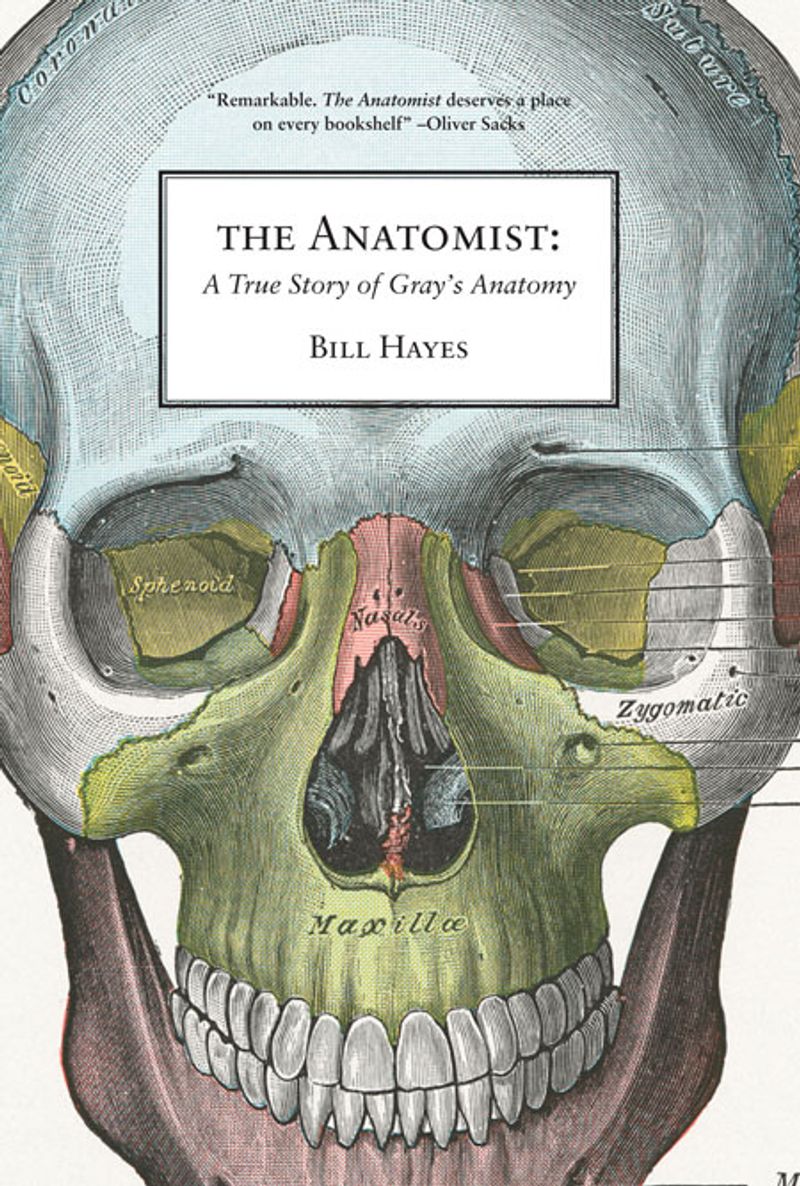A wonderful writer, Bill Hayes tells the multi-layered story of the two extraordinary young men who produced the most famous medical text of all time—a turning point in medical history, and a continuing influence and inspiration for artists, doctors and anatomists a century and a half later. Part memoir, part biography, part guided tour into the marvels of the human body, The Anatomist deserves a place on every bookshelf. And if you do not already have a copy of Gray’s Anatomy, Bill Hayes’s remarkable account will surely inspire you to get one.
— Oliver Sacks, author of Musicophilia
The Anatomist
A True Story of Gray's Anatomy
The classic medical text known as Gray’s Anatomy is one of the most famous books ever created. Now acclaimed science writer and master of narrative nonfiction Bill Hayes has written the fascinating, never-before-told true story of how this seminal volume came to be. Uncovering a treasure trove of forgotten letters and diaries, Hayes traces the triumphs and tragedies of these two extraordinary men: the fiercely gifted young anatomist Henry Gray and his younger collaborator H. V. Carter, whose exquisite anatomical illustrations are masterpieces of art and close observation. Hayes also chronicles his year as a student of classical gross anatomy, performing with his own hands the dissections and examinations detailed by Henry Gray 150 years ago. As Hayes’s acquaintance with death deepens, he finds his understanding and appreciation of life deepening in unexpected and profoundly moving ways. A blend of history, science, culture, and Hayes’s own personal experiences, The Anatomist is this author’s most accomplished and affecting work to date.

Paperback
- ISBN
- 9781934137215
Congratulations to Bill Hayes, author of The Anatomist, on receiving a Guggenheim Fellowship in Nonfiction! In this blog post, he talks about where he was when he got the news and the artists who have provided inspiration.
Bill Hayes is the author of The Anatomist: A True Story of Gray’s Anatomy, the national bestseller Sleep Demons: An Insomniac’s Memoir, and Five Quarts: A Personal and Natural History of Blood. He has contributed essays to the New York Times and New York Review of Books, among other publications. He lives in New York City.
visit author page »
